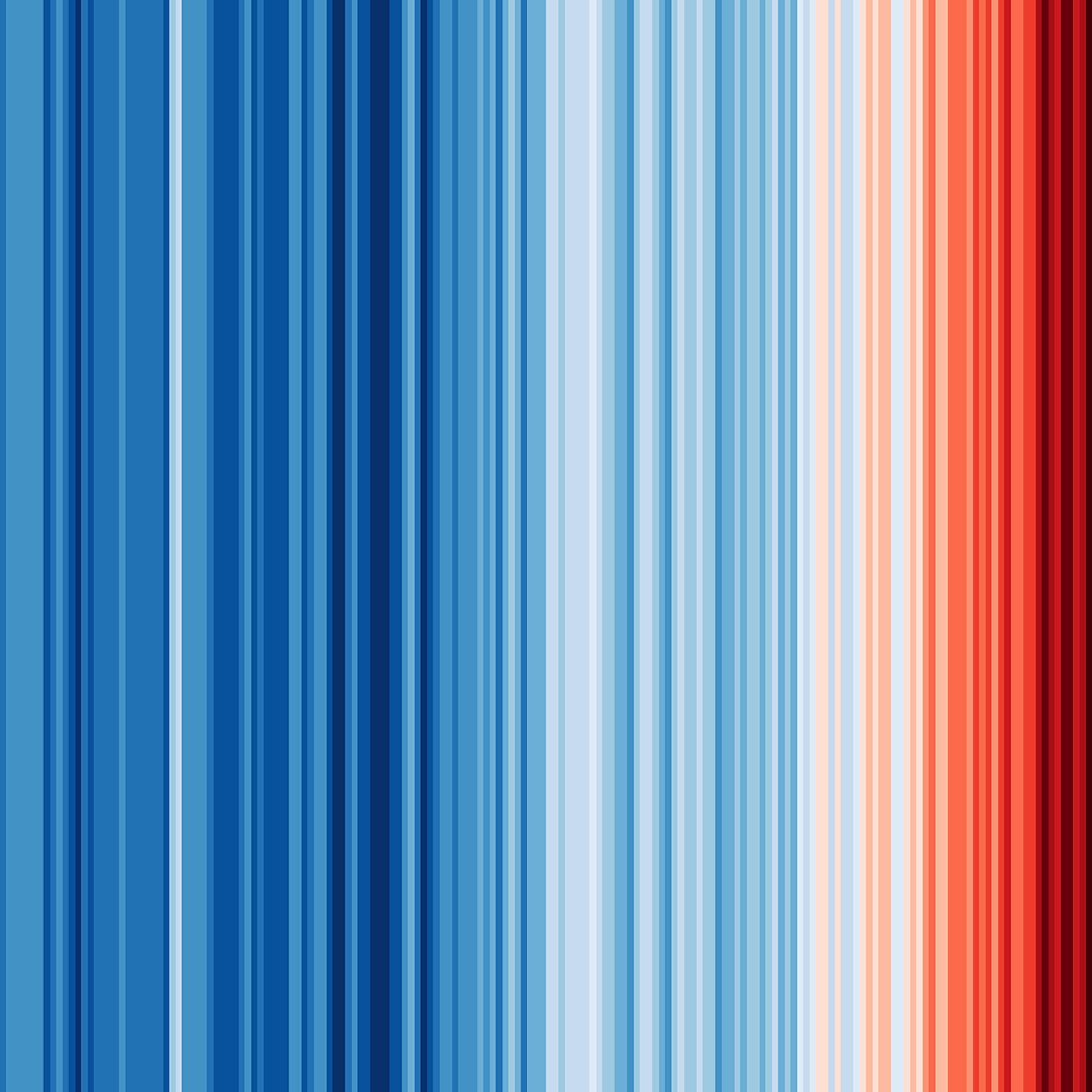3 Questions: Watch and Learn How MDRI Helps to Mitigate Climate Change
On June 21, we observe Show Your Stripes Day to help grow global awareness around impacts of climate change on human health. We sat down with Stuart Miller, the vice president and executive director of our Materials Discovery Research Institute (MDRI), to discuss how materials science and MDRI’s research can help pave the way for a more sustainable future.
Transcript:
Stuart Miller: At MDRI, we are primarily focused on two of our three grand challenge commitments, particularly to build resilience for a sustainable future and individual and societal health in the 21st century. Building resilience for a sustainable future focuses heavily on some of the global changes which have come around owing to climate change.
1. What work does MDRI focus on to help reduce greenhouse gas emissions?
Miller: We’re working on technologies such as direct air carbon capture, where we’re looking to remove carbon from the air that surrounds us. So imagine we are trying to remove one molecule in every two-and-a-half thousand molecules.
We’re also looking at carbonic acid from water, from seawater.
2. What is the role of materials science in the shift to renewable energy sources?
Miller: Now is the time for materials science to help us in this energy transition to a decarbonized future.
We can not only undo some of the harm that’s been done through over 170 years reliance on fossil fuels technology, but we can look at new, cheaper, safer alternative fuels and storage.
3. What are MDRI’s plans to help address water scarcity and provide pure, abundant drinking water to the world?
Miller: We’re also looking at atmospheric water harvesting technologies, so that we can directly extract water from the atmosphere at night and in the morning to be able to provide safe, clean drinking water in hard-to-reach areas.
More on #ShowYourStripes Day

#ShowYourStripes Day is a global moment to share our concern about how the climate is changing and the need for urgent action. Created by climate scientist Professor Ed Hawkins at the University of Reading, each line in this powerful “warming stripes” graphic represents one year, with colors transitioning from cool blues to warm reds to visually represent how temperatures have increased around the world over the past 150 years or more.
PUBLISHED









